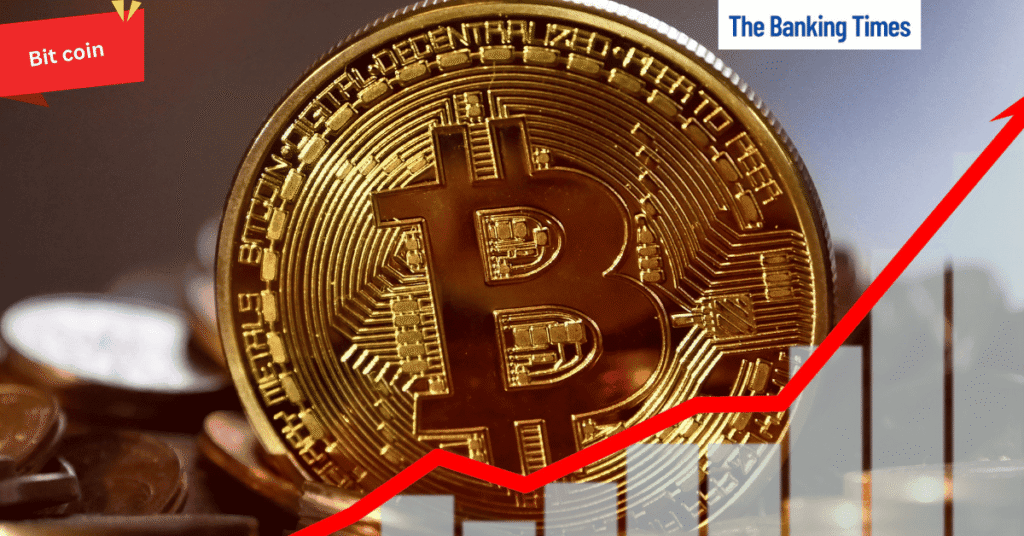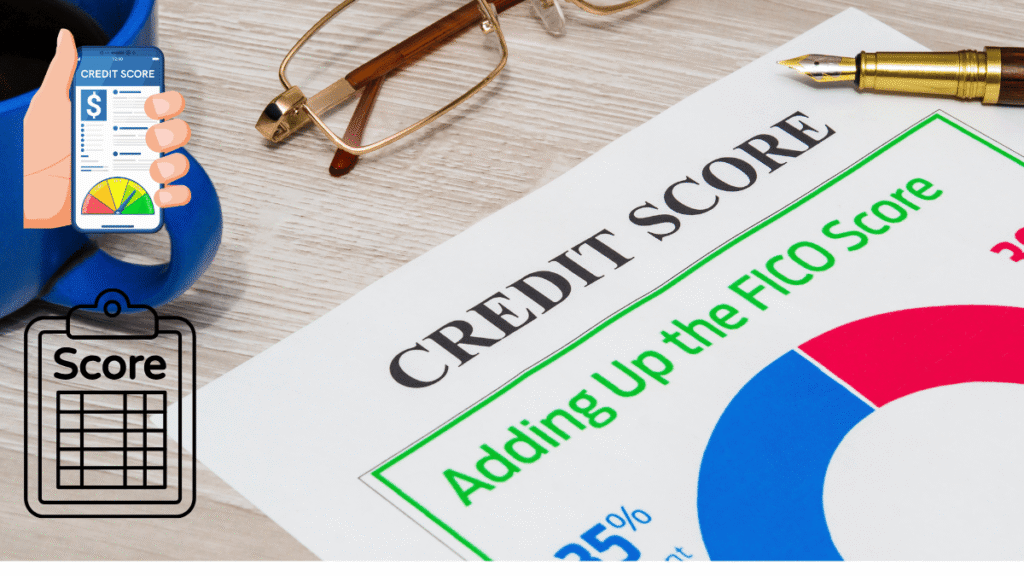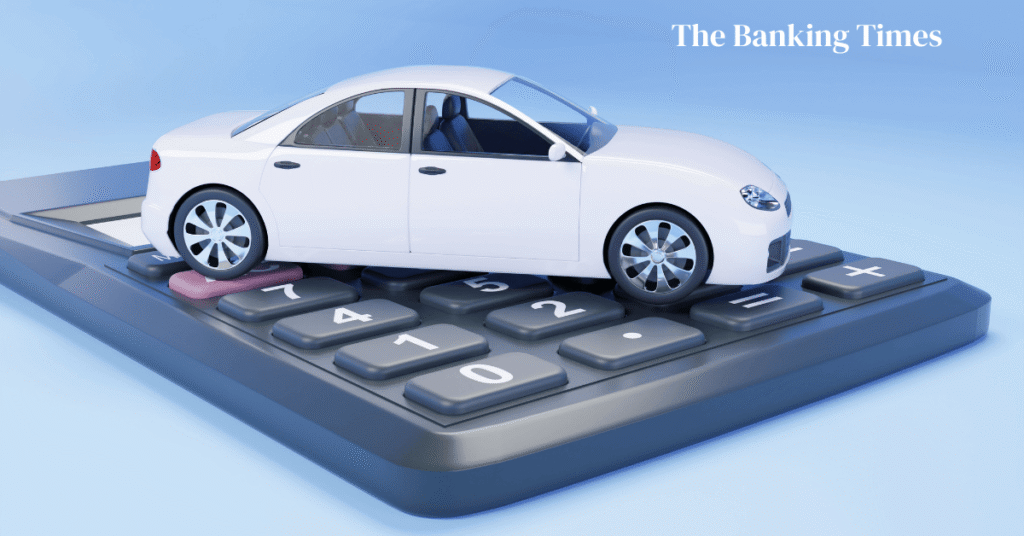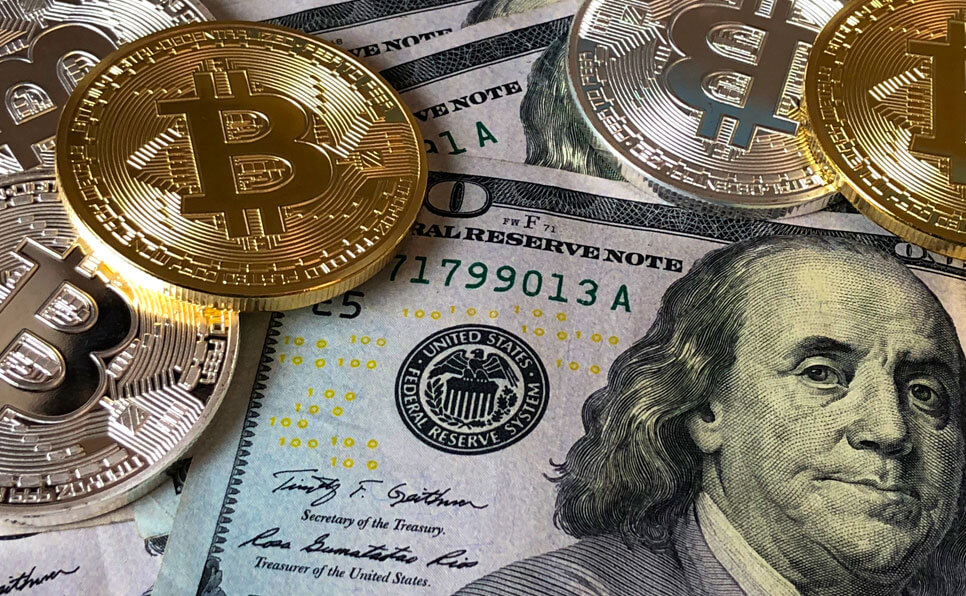A credit card is a payment tool that allows you to borrow money from a bank or financial institution up to a certain limit. You’re expected to repay it on or before the due date. If not, interest is charged, usually between 30%–45% annually.
✅ How to Use a Credit Card the Right Way
Using your credit card responsibly helps build a strong credit score and offers rewards, cashback, and convenience. Here’s how to stay smart:
1. Always Pay the Full Due Amount
- Don’t just pay the minimum amount due. That’s a trap.
- Pay the total outstanding to avoid high interest.
2. Track Your Spending
- Use mobile banking or apps like CRED to monitor transactions.
- Stay within 30–40% of your credit limit to maintain a good credit score.
3. Use It for Essentials Only
- Groceries, travel, or emergencies—not luxury purchases you can’t afford.
4. Know Your Billing Cycle
- Understand your billing and due dates. Delay in payment = penalty + interest.
5. Automate Your Payments
- Set auto-pay from your savings account to never miss a due date.
⚠️ Common Mistakes That Lead to Credit Card Debt
- Paying Only the Minimum Due: You’ll keep accumulating interest on the unpaid balance.
- Impulse Buying: Easy swiping = easy spending = hard repayment.
- Having Multiple Cards: Juggling more than you can handle.
- Using Credit for Cash Withdrawals: Comes with high fees and no interest-free period.
- Ignoring the Statement: You might miss errors, fraud, or due dates.
💣 What Happens If You Don’t Pay?
- Interest and penalties pile up.
- Late fees are charged every month.
- Credit score drops, affecting future loan or card approvals.
- Banks may involve recovery agents or file legal complaints.
- You may be listed as a loan defaulter in CIBIL.
🆘 How to Come Out of Credit Card Debt
If you’re already stuck, don’t panic. Here’s a step-by-step plan to get back on track:
🔁 1. Stop Using the Card
Don’t add more to your dues. Cut down spending and switch to cash or debit.
📊 2. List All Dues
Write down how much you owe on each card, along with the interest rate.
🧾 3. Pay More Than the Minimum
Pay as much as you can to reduce the principal faster.
🔄 4. Use the Snowball or Avalanche Method
- Snowball: Pay off the smallest debt first.
- Avalanche: Pay off the highest-interest debt first (most effective).
💰 5. Convert to EMI
If your dues are large, convert them into EMIs at lower interest. Most banks offer this online.
🔄 6. Use Balance Transfer
Transfer high-interest dues to a new card with 0% or low interest for a limited time.
📞 7. Talk to Your Bank
Request for restructuring, settlement, or a temporary waiver if you’re struggling financially.
🛡️ How to Stay Debt-Free Going Forward
- Build an emergency fund.
- Use credit only for planned expenses.
- Educate yourself on how credit works.
- Don’t chase rewards and offers blindly—they often push you to overspend.
💡 Final Thoughts: Credit Cards Are Tools, Not Traps
A credit card can either be your best financial friend—or your worst enemy. The key lies in discipline, awareness, and responsibility. Don’t be afraid to use a credit card, but respect the power it holds.
At TheBankingTimes.in, we believe financial literacy is the first step to financial freedom. Stay tuned for more tips on debt management, savings, and smart money moves







